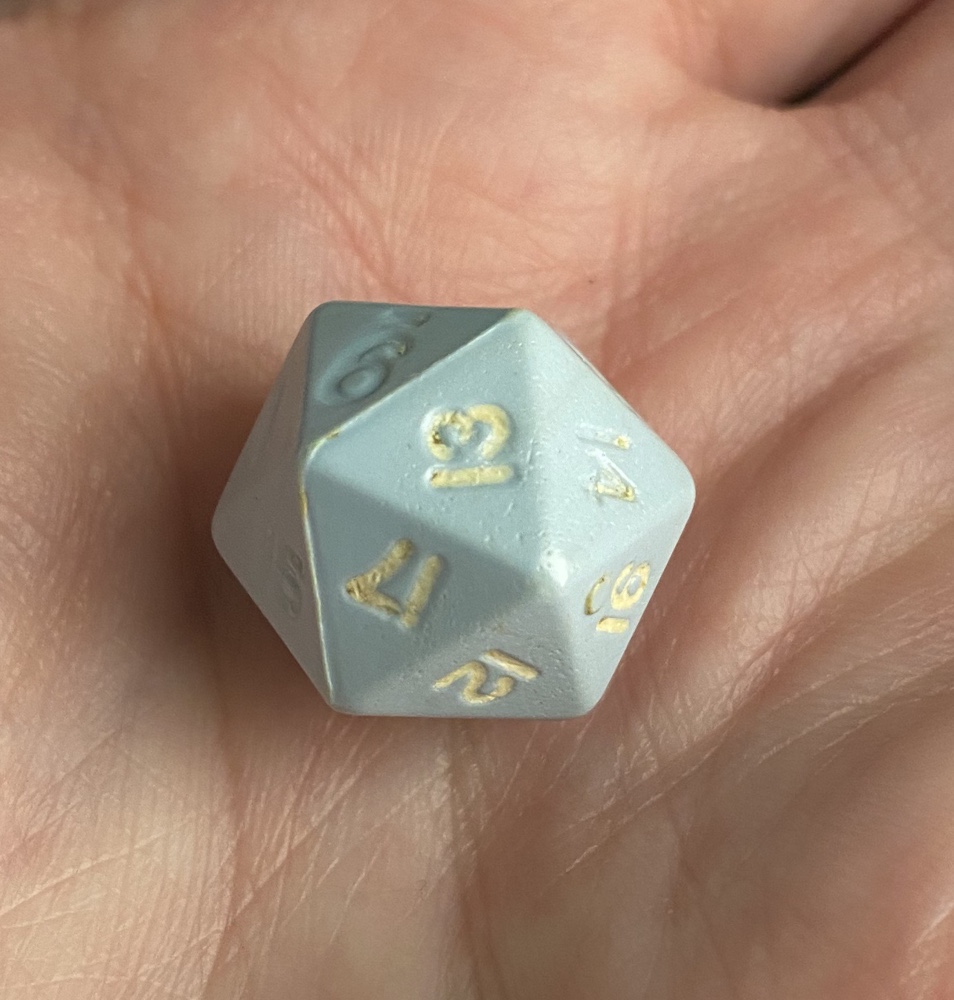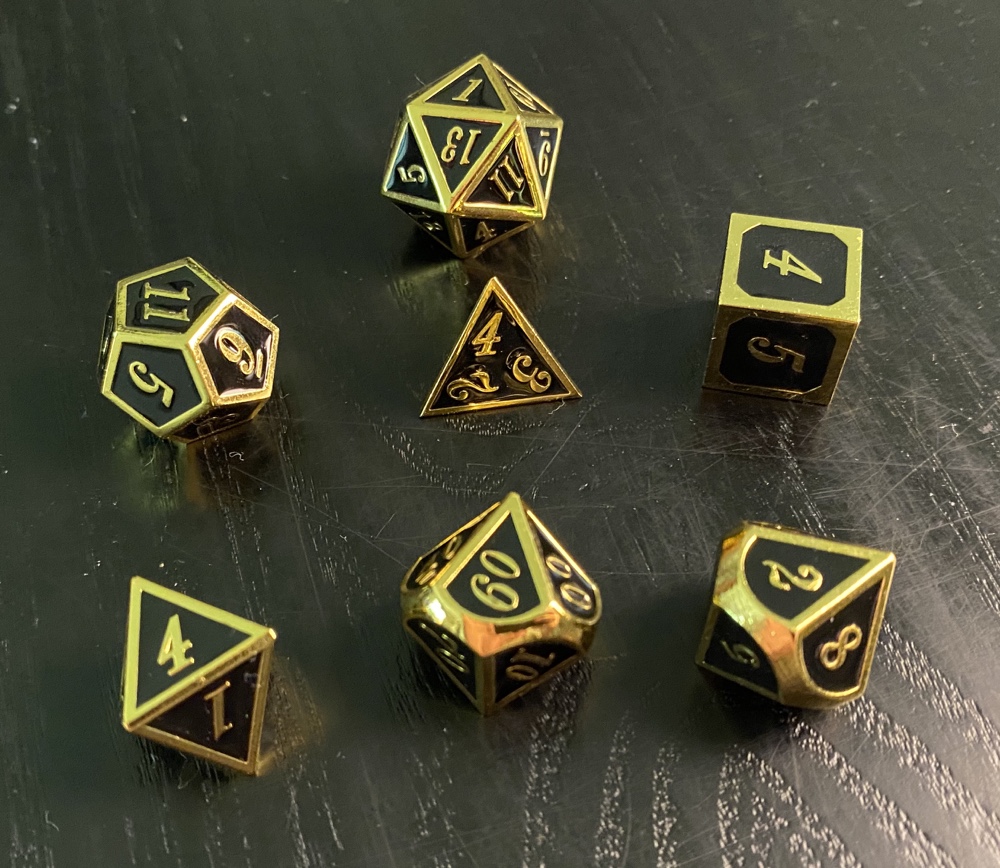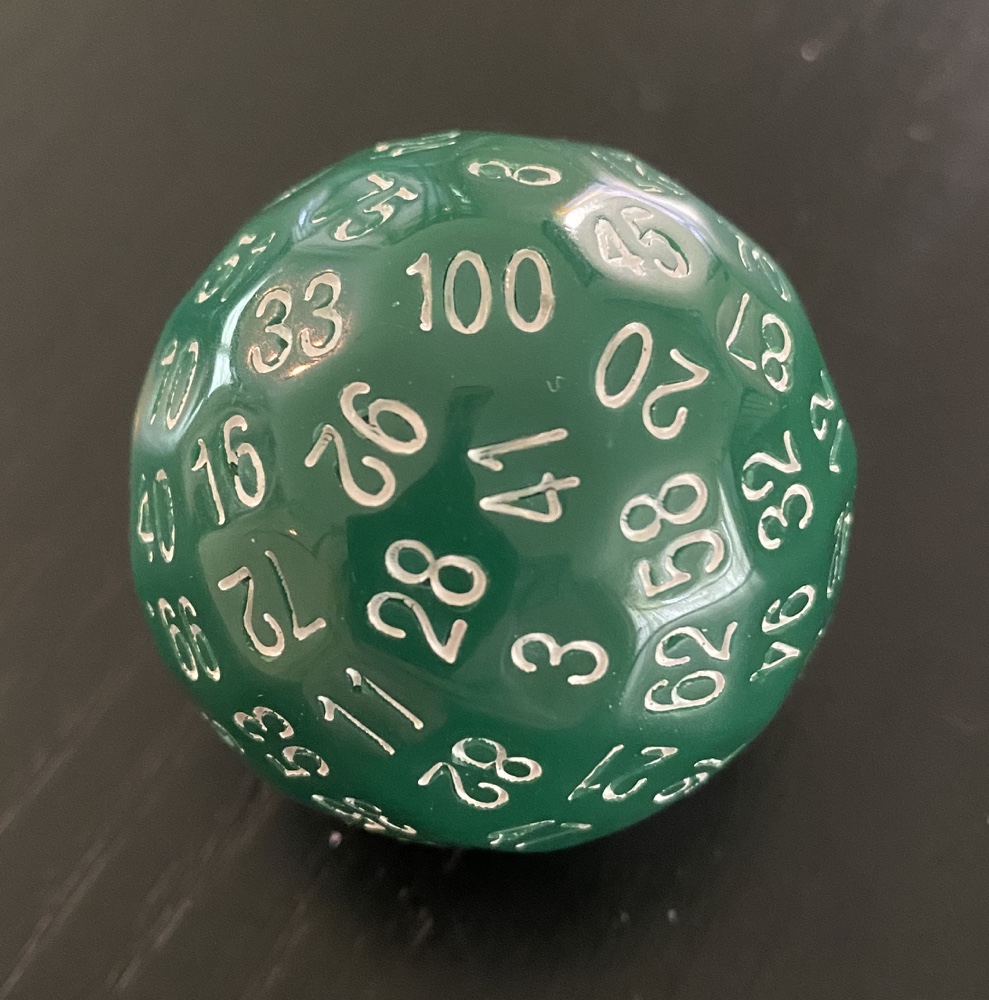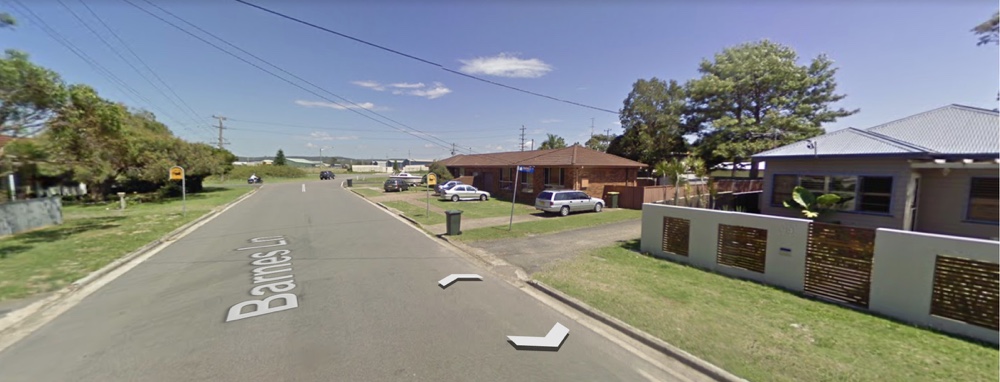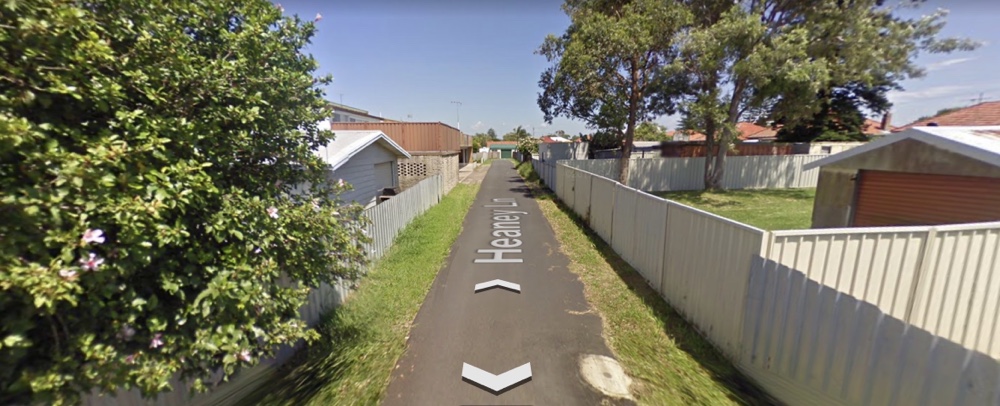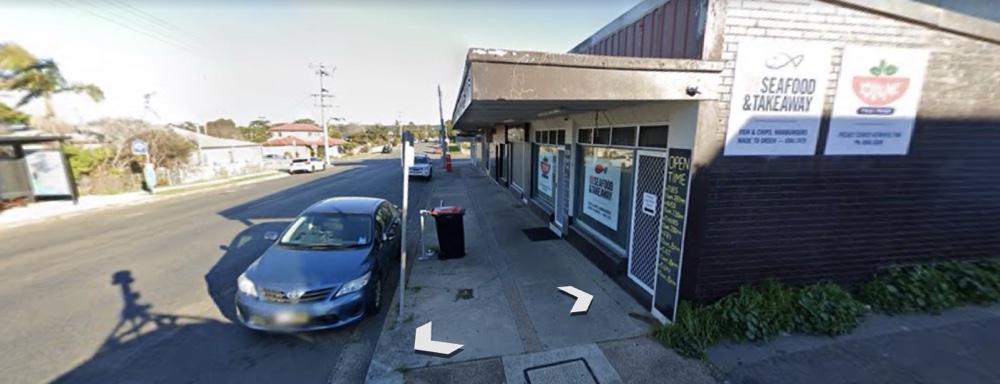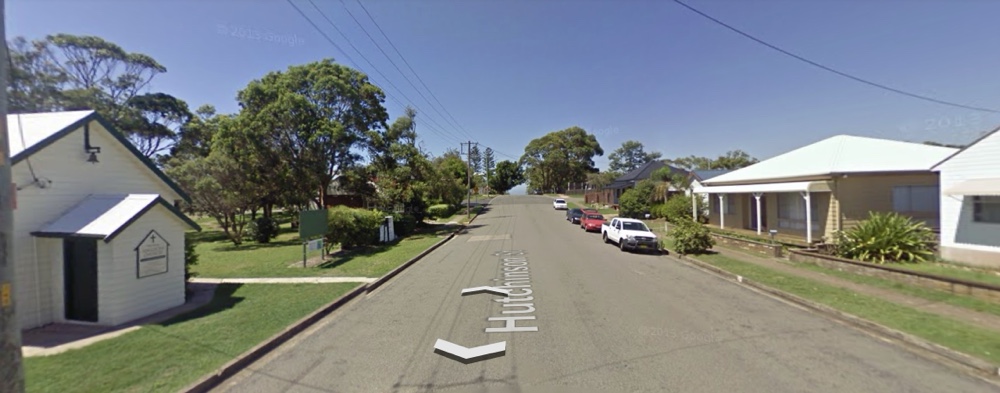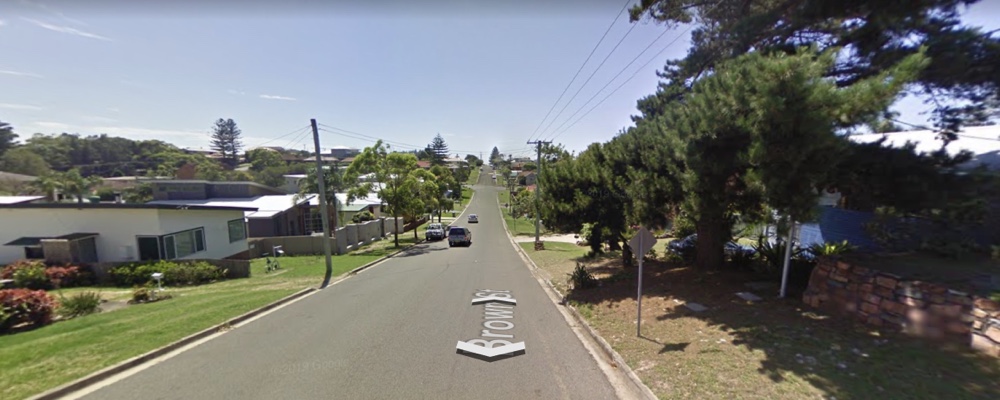This little guy is over 40 years old:

He’s our Jawa Star Wars figure, which was probably purchased in about 1978. I saw ‘our’ since B and I used to mostly share these as I recall, although some figures were bought in pairs so we both had one.
This guy was one of the earliest we bought, and was one of at least a pair. Originally he had a little gun as well, but that’s long-lost by now. He took part in many elaborate Star Wars dioramas we made both indoors and out, and as with the others figures shown here today miraculously survived being melted by fireworks in the mid 1980s.
We also used to throw our figures into ponds, take them to the beach, and even tie them to parachutes and throw them off our roof! It’s a miracle he’s in such great condition.
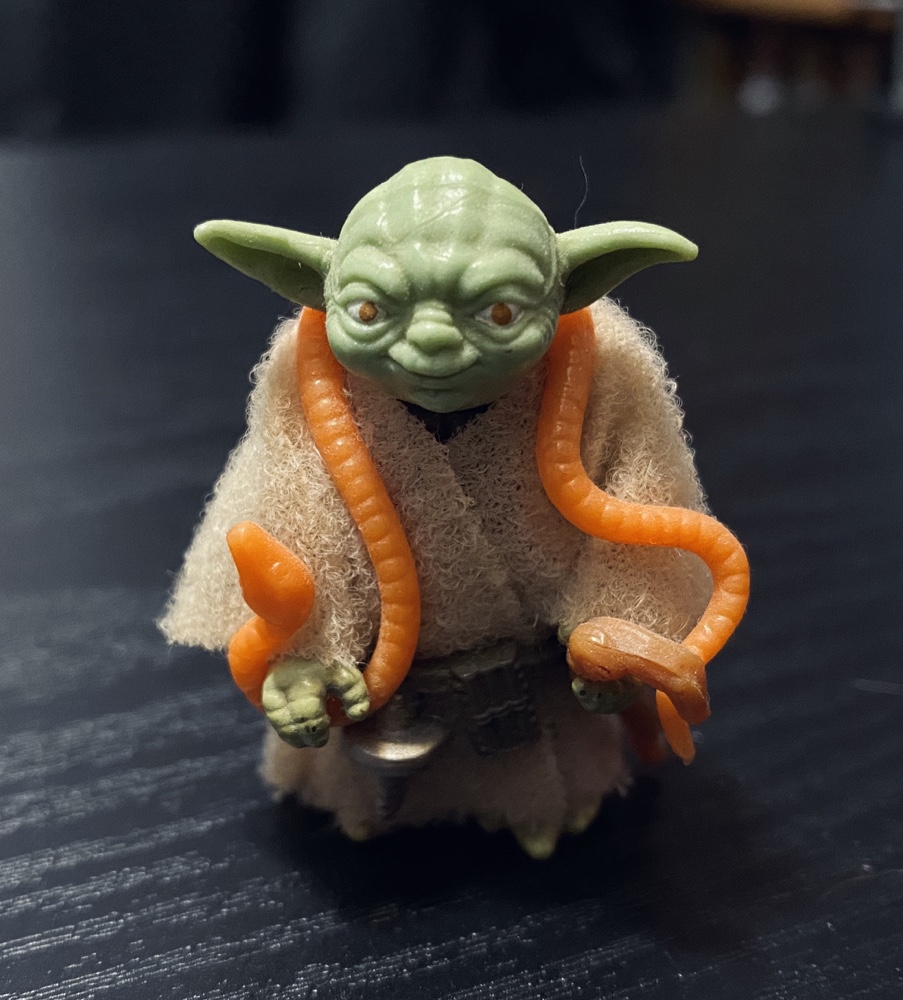
That’s an original Yoda figure, from about 1980. As with the Jawa we had two of these, and this guy is in extraordinary condition considering his age. I always loved this figure due to its tiny size and large amount of accessories.
I remember we used to occasionally get one Star Wars figure each when we went shopping, but when the Empire figures hit shelves in 1980 dad bought us a whole bunch at once, including this guy. I can remember being overwhelmed as a kid by all the new figures before I’d seen the film, and had fun imagining what roles some characters would have.
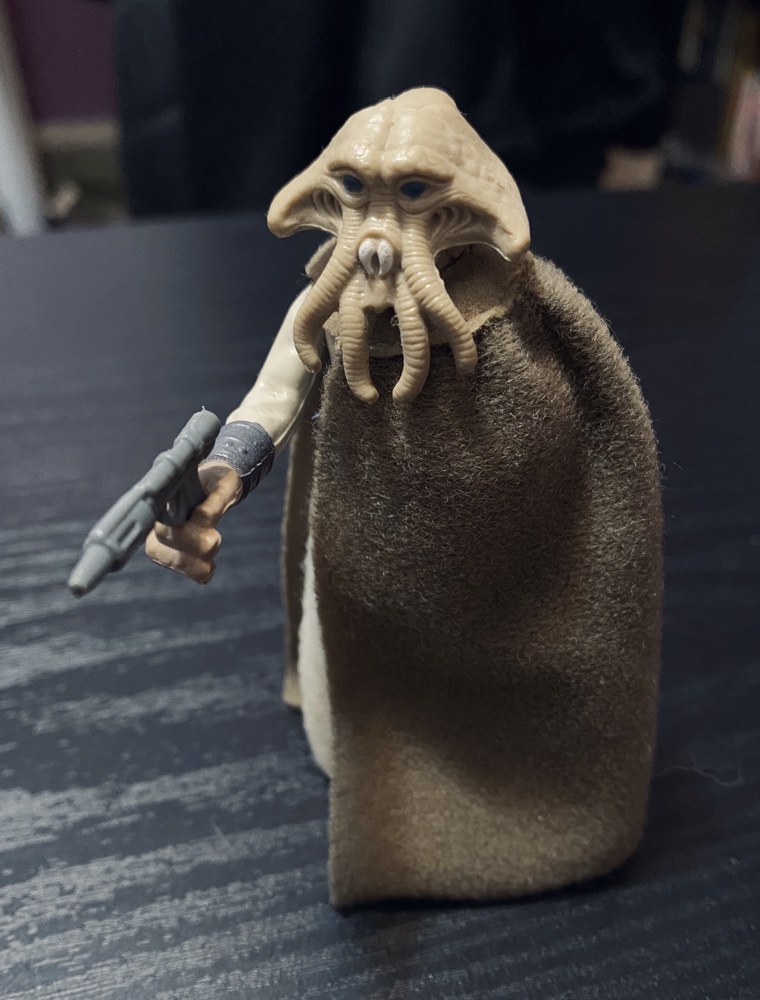
That’s the final vintage figure I have, a guy named Squid Head from the Return Of The Jedi line that came out in 1983. I always loved this character (who was on screen for only seconds) and it was one of my favourite figures from that film. This figure I recall as being distinctly mine, although I don’t recall why.
I remember a trip to Sydney with B and dad in the early 1980s. We stayed in a bright apartment and went to a nearby mall every day. We played video games at a tiny arcade and dad let us each select some Star Wars figures from the toy store. I think that’s when we got Squid Head, because I recall playing with him (I would have been 11) in the garden patio of the apartment.
I asked dad about that trip last year, but he couldn’t remember. I wish I knew more about where we stayed and exactly when.
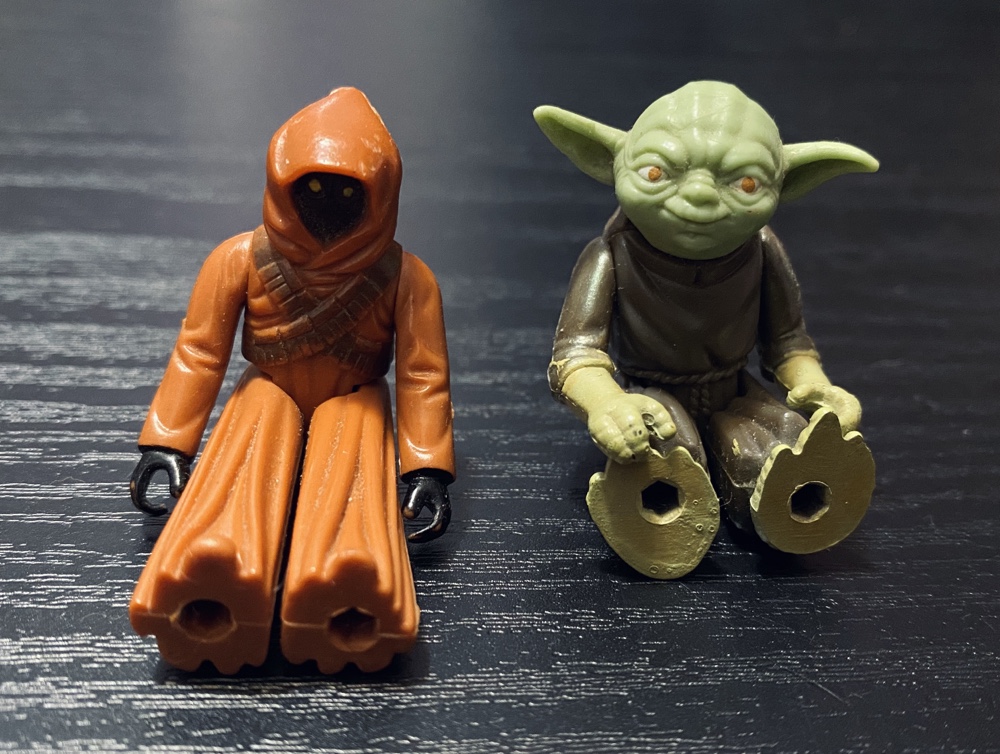
When I came to America I didn’t bring these guys with me: Bernard sent them to me years later. Back in the day we had loads of Star Wars figures, but some were melted and some sold off. Maybe these were saved because they had cloth parts? Maybe just because they’re cool? I wonder if B remembers?
Whatever the reason I’m glad they survived, because they’re now amongst my oldest possessions. Each of them trigger many happy memories of my childhood, and I’ll treasure them forever 🙂

